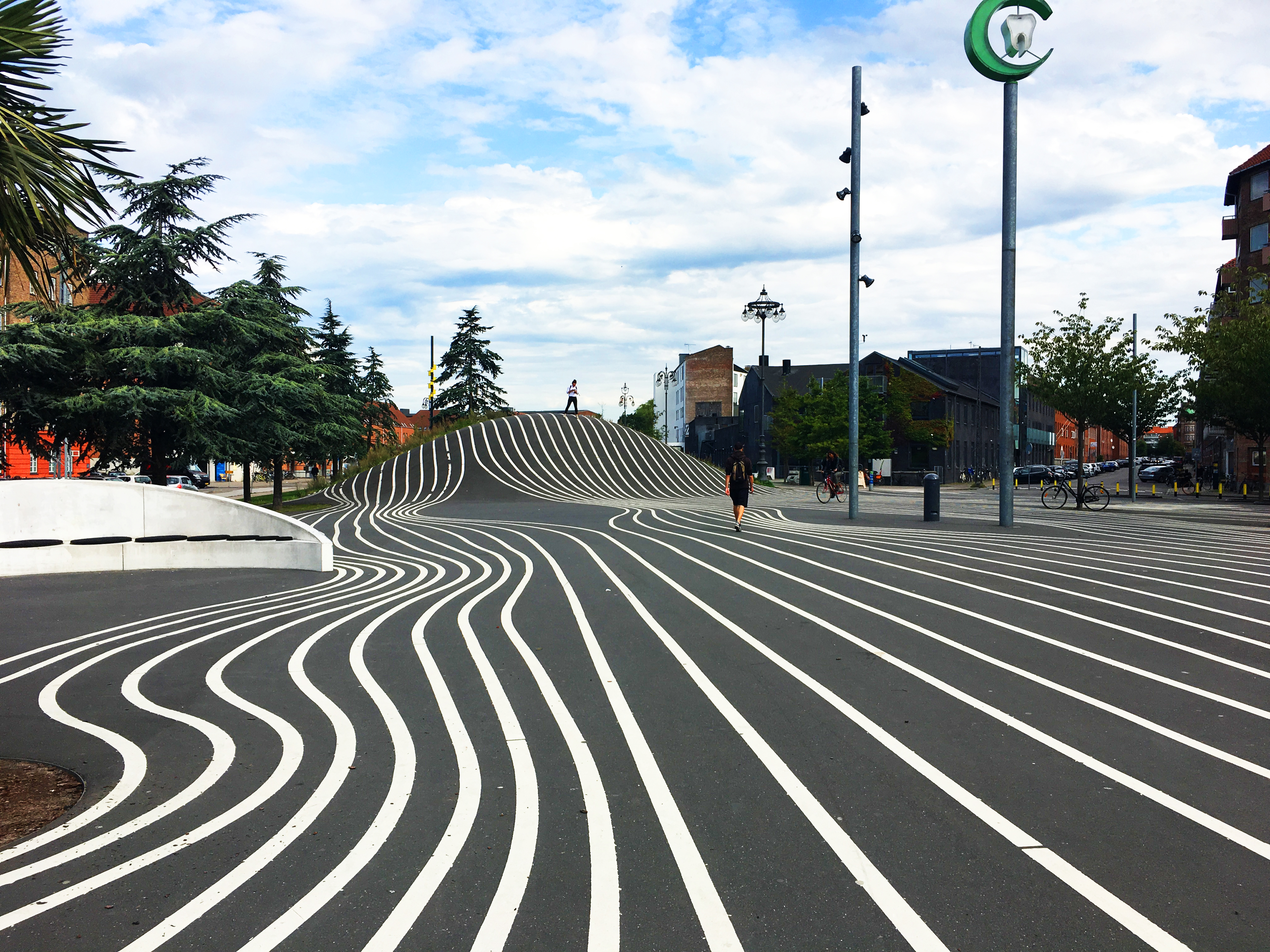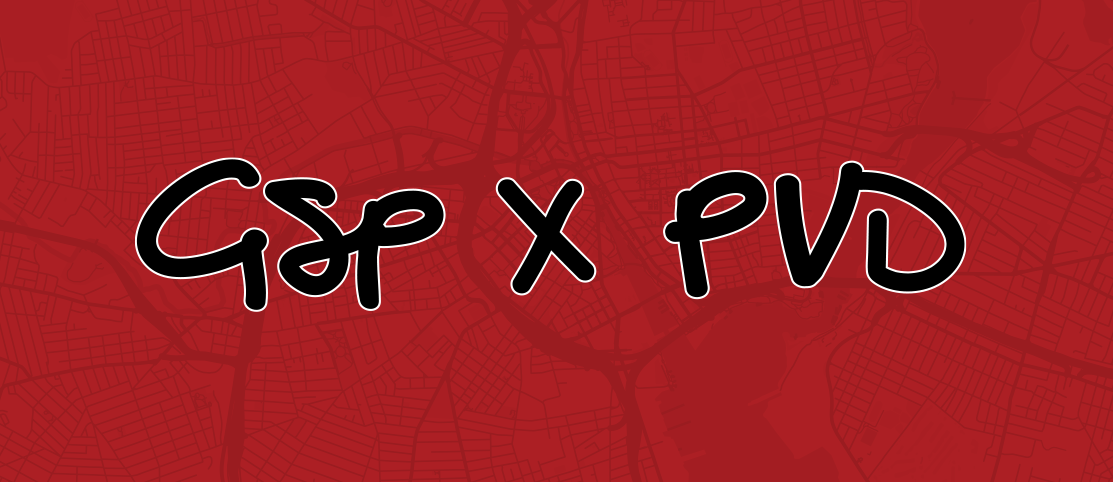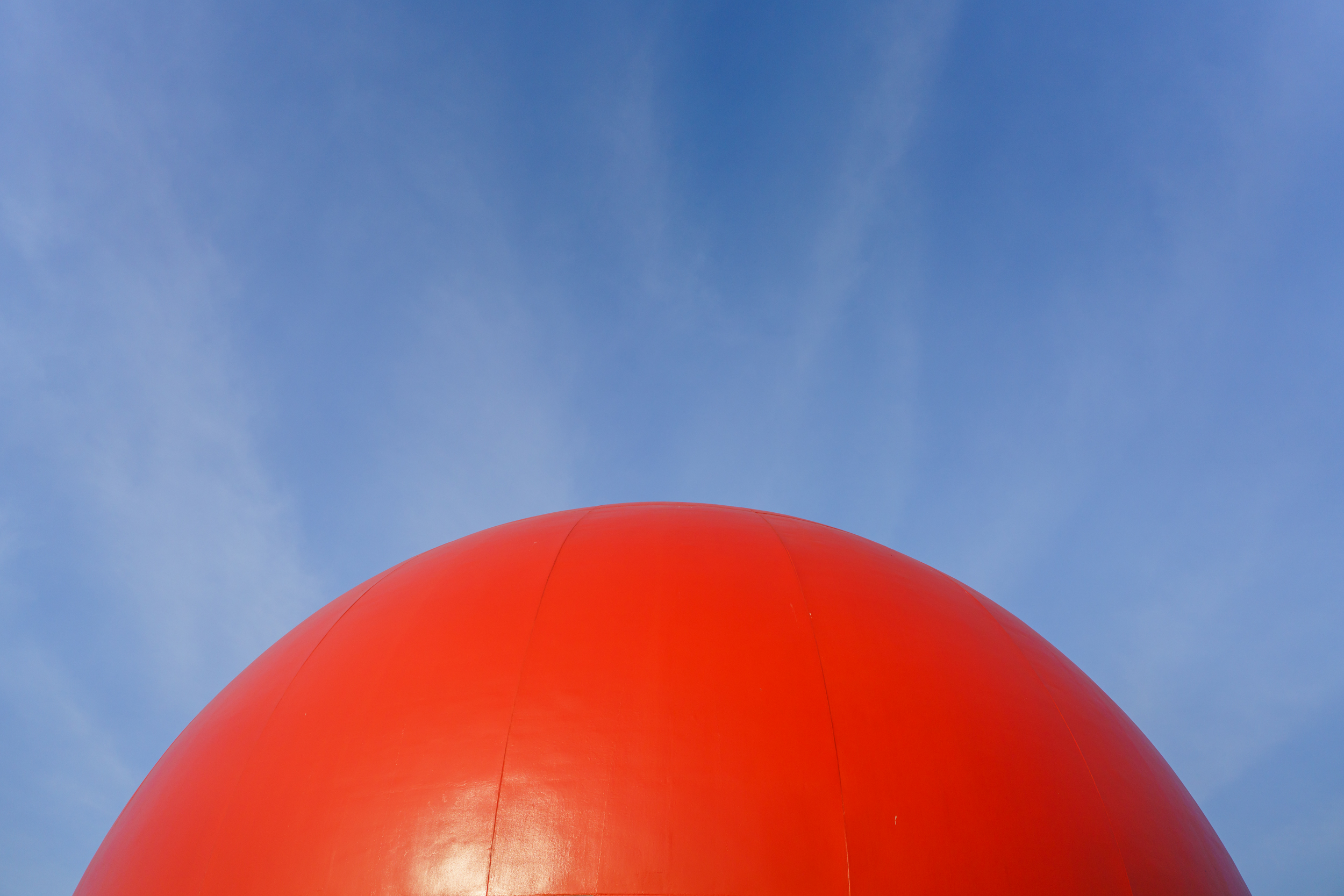MONTH 08: BELGRADE
My August was spent in three of the most staggeringly different places I could have imagined – Belgrade, Dubrovnik, and Copenhagen. Belgrade was our home base for the month, I spent a week in Dubrovnik with friends, and I attended the Public Life Matters masterclass at Gehl Architects in Copenhagen. The quick changes of scenery and sensory overload in three contrasting cities, intense in their own ways, gave me a lot to consider. Each new city was a bit more open and light, ending in Copenhagen, which is basically Mecca for urbanists like myself. Instead of going through all of the details of each city, I’m going to share one key takeaway from each place.
Belgrade taught me the importance of good lighting and outdoor seating in keeping people outside at night. Maybe throw ice cream shops on that list too. In a central pedestrian-only zone, people spill out between buildings everywhere and stay there well into the night (even on ~100º days). With restaurants and bars to entertain the adults and ice cream shops everywhere to keep the whole family happy, everyone can enjoy the summer weather. Add in a pop-up basketball tournament that gets started at dusk, complete with lights, announcers, a pop-up merchandise tent, and nearby vendors, and you have a crowd of captivated, entertained people with no intention of racing home after work. This got me thinking a lot about nighttime activation in Boston, particularly in neighborhoods new and old with lots of office tenants – what are some commonalities we can find in these tenants (the way that Serbians love basketball) that can keep them around after work, mixing and mingling with nearby residents, and bringing a new life to these neighborhoods? There’s already a lot of progress being made around City Hall Plaza and Kendall Square, but as more employers bring their tenants out of suburbs or research parks and into cities, this question continues to be relevant.
Dubrovnik gave me more of those questions about tourism I originally wrote about in my last post. Game of Thrones is partially filmed there, attracting lots of tourism plus filming revenue, but also hurts the integrity of the Old City’s architecture. Prices have also skyrocketed in the tourist center while just a 15 minute drive outside of the city offers much more reasonable prices and less-crowded beaches. Since I was working in Dubrovnik and my apartment’s wifi wasn’t very reliable, I worked from hotel lounges and restaurants, which made me realize the potential in lobby spaces and hotel amenities. Whether residential or for hotels, lobbies are often well-designed and open spaces prime for pop-ups and flexible retail, while lounges and restaurants can be additional places for people to spend time, have a coffee or drink, and get some work done. I’ve always struggled with how much ground floor space is designated for lobbies, but having worked out of hotels for a week I see the potential in some of our upcoming projects to actually utilize some that space as another part of the public realm.
Choosing a lesson from Copenhagen is nearly impossible, since the city and the masterclass I attended (hosted and taught by Gehl Associates, an urban design firm founded by renowned Danish architect Jan Gehl, author of “Life Between Buildings”) offered more valuable lessons than I can count, so I want to tell you about an incredible public space that instantly became my new favorite across the world. Israels Plads is an open, programmable block in Copenhagen surrounded by a school, a natural park, traditional in-line retail featuring bike shops and restaurants, and a higher-end market hall. It’s all paved, with a dual soccer/basketball court, large stepped seating, a child-sized skate park, a linear water feature leading to the nearby park, some play equipment, and some shade trees with seating around them. I first visited Israels Plads on the Gehl masterclass bike tour where we all ate lunch while kids from the neighboring school had recess, and I returned on my last day in the city to people-watch while there was a flea market, a cider festival, an impromptu basketball tournament complete with “I Believe I Can Fly” being played on a cheap speaker, a guy selling and fixing bikes, and parents teaching their young kids how to skateboard and scooter. Everything was happening in this one place, and every use, formal or informal, complemented another. This made me so hopeful for us as we continue to try to create the best possible public realm we can at Graffito, and so grateful to both Gehl and Graffito for allowing me to attend this masterclass and gain so much inspiration to share with the team.
From Northpoint to North Allston, from Kendall Square to Boston Landing, from the South End to our HQ on Lincoln Street, we have so much potential to make great public places both on the street and in interesting retail spaces. Kids can play alongside parents trying various ciders, you can shop and get your bike fixed at the same time, you can listen to live music and browse through flowers simultaneously. This list of potential combinations is, of course, infinite. I’m entering my final four months of Remote Year and I think that’s one of the biggest lessons I’ve learned – there is so much potential in the ground floor if you’re willing to put in the time to try some experiments and see what works, and if you’ve got the right partners to help change a culture to encourage more time spent in the great public space that draw people both outside and inside.
In September I’ll be moving around even more than August – I’ll be based in Valencia but will visit the GSP team in Lisbon for our annual food crawl, I’ll head to Barcelona, and I’ll check out Paris. Looking forward to seeing the team and tasting/exploring my way through these four cities!




